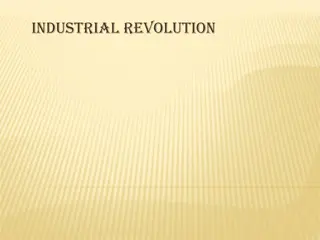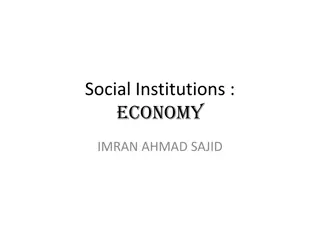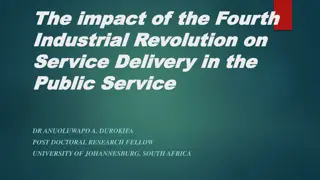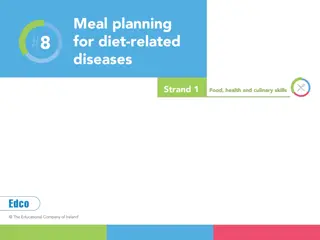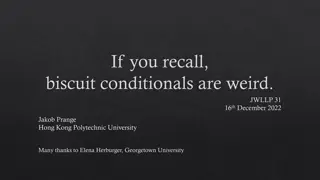Evolution of Biscuit Industry in India: A Healthy Snacking Revolution
Discover how the Federation of Biscuit Manufacturers of India is transforming the biscuit industry by focusing on health and nutrition. Learn about their initiatives to reduce trans fat, fortify biscuits with essential nutrients, and meet international dietary guidelines while maintaining taste and affordability. Dive into the world of biscuits as a convenient, healthier snacking option with high penetration in the Indian market.
Uploaded on Oct 08, 2024 | 0 Views
Download Presentation

Please find below an Image/Link to download the presentation.
The content on the website is provided AS IS for your information and personal use only. It may not be sold, licensed, or shared on other websites without obtaining consent from the author. Download presentation by click this link. If you encounter any issues during the download, it is possible that the publisher has removed the file from their server.
E N D
Presentation Transcript
By: Ms Kanchan Zutshi Secretary Federation of Biscuit Manufacturers of India
Biscuit is a very well developed macro snacking category in India and offers following advantages: Products are baked and offer a great convenient healthier snacking option for consumers. Very affordable to common people and provide nutrition, fortified with micro nutrients and contain wholegrain/ added dietary fiber in the most cases. The penetration of the biscuits owing to these reasons is very high at approx.93%.
FBMI has committed to reduce the Trans Fat content in all biscuits to less than 0.2% by 2022 in a phased manner. Industry is continuously working on to reduce Fat & Sugar further in the coming years through Recipe & Technology Innovation. Biscuit Industry is committed in their Endeavour to offer healthy products to improve the nutritional status of Biscuits through Fortifying Biscuits with the addition of minerals like Iron & Zinc, Vitamin A, B, C which the Indian population consumes inadequately.
Biscuits are consumed typically as 2 or 3 biscuits which form a serve size not in 100gm quantity. The principle of portion size, consumption of food and calculation of Fat, Sugar, Salt etc as a percentage of RDA is recommended by WHO also. Hence, the threshold limit for fat as specified in Schedule I which is 8gm per 100g of biscuits and stipulation on value of energy from sugar not more than 10% of energy provided per 100g of biscuits will lead to unpalatable biscuits.
The current proposed limit of total Fat 8g/100g for biscuits will essentially person of fat requirement 34 g (306 Kcal) requirement. The RDA for fat is 67 g and generally 25 g of fat is delivered through daily meals, the balance quantity of fat i.e. 42g which is required for the body functioning is required to be fulfilled though snacking options. Fat plays a hormone production, soluble vitamin absorption and cognitive performance. deprive a of daily fat vital role in fat & physical
At a threshold limit of sugar not more than 10% of total energy provided by 100g of the product it is not possible to make biscuits. US FDA Dietary Guidelines, WHO and FSSAI appointed expert committee recommend up to 10% of the energy value per day from added sugars, which is upto 50g/day.
Customarily consumed serve size for Biscuit (Biscuit, Cookies& Crackers) is 12g. 1) Biscuits which provide energy up to 80kcal per serve shall be exempted from color coding and to be included in Schedule II Exempted Food Category. 2) Biscuits which provide not more than 10% sugar (5 g) and 10% Fat (6.7 g) of the RDA per serve shall be exempted from HFSS categorization. 3) Industry should be encouraged to use alternative sweeteners like Stevia in biscuits, which is a natural non-nutritive sweetener. This will help the industry in innovation on sugar reduction. 4) Industry has further committed to reduce sugar and salt by 5% per serve size across there product portfolio in the next 3 years time. 5)






